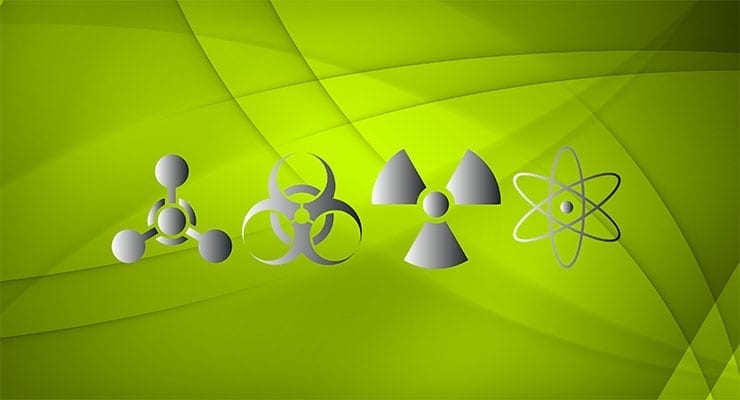The Department of Homeland Security (DHS) is seeking proposals for chemical threat agent attribution signature studies in support of the Chemical Forensics Program.
The primary internal customers of the Chemical Forensics Program are law enforcement and intelligence components of the DHS, and the primary external customer is the Federal Bureau of Investigation (FBI) due to its lead investigative agency role in acts of terrorism and weapons of mass destruction.
The Broad Agency Announcement (BAA) seeks to provide sound scientific techniques related to supporting attribution analyses leading to the capture, indictment, and prosecution of the perpetrators of a criminal or terrorist act involving the actual or threatened use of Chemical Threat Agents (CTAs) which include:
- Chemical Warfare Agents (CWAs)
- Non-traditional Agents (NTAs)
- Toxic Industrial Chemicals (TICs)
- Toxins and Pharmaceuticals (T&P) Chemicals
There have been many studies conducted over the years to identify and characterize various CTAs. However, there have been only limited studies to identify and exploit Chemical Attribution Signatures for the purpose of source and synthetic route attribution in support of law enforcement and intelligence gathering efforts.
The essence of the Chemical Forensics Program is the collection, preservation and analysis of chemical samples for the purpose of sample matching and source attribution on the basis of Chemical Attribution Signatures (CAS).
CAS consists of trace materials or anomalies that persist in the CTA or its degradation products that can be useful for forensic purposes. CAS includes the following:
- Impurities (persistent contaminants directly attributable to source materials)
- Un-reacted precursors and starting materials
- Additives
- Side products created during precursor synthesis
- Reaction by-products formed by the interaction of two or more primary reagents
- Reaction by-products formed by the interaction of an impurity or contaminant with a primary reagent that was intended to be part of the process
- Reaction by-products formed by the interaction of two impurities, the reaction of two contaminants, or the reaction of an impurity and a contaminant
- Impurities (persistent contaminants directly attributable to processing)
- Degradation products
- Decomposition products
- Hydrolysis products
- Physical/chemical characteristics (isotopic ratios, isomers, etc.)
CAS provides technical chemical information that complements and supplements information derived from traditional forensic processing. CAS may be highly specific or they may need to be supplemented with CAS identified through other orthogonal methods. CAS may have forensic significance on the basis of their presence, absence, or relative intensity and can be used to associate samples and contaminated evidence recovered at chemical incident scenes with people, places and other events.
In FY 2016, the DHS Chemical Forensics Program is seeking to identify new research projects that help determine if high-priority CTAs or precursors produced by various synthesis methods or procured from various commercial sources contain or retain CAS that have value to the forensics process.
Further details are available via Solicitation Number: HSHQDC-14-R-B0009. The white paper submission deadline is June 5, 2015.



